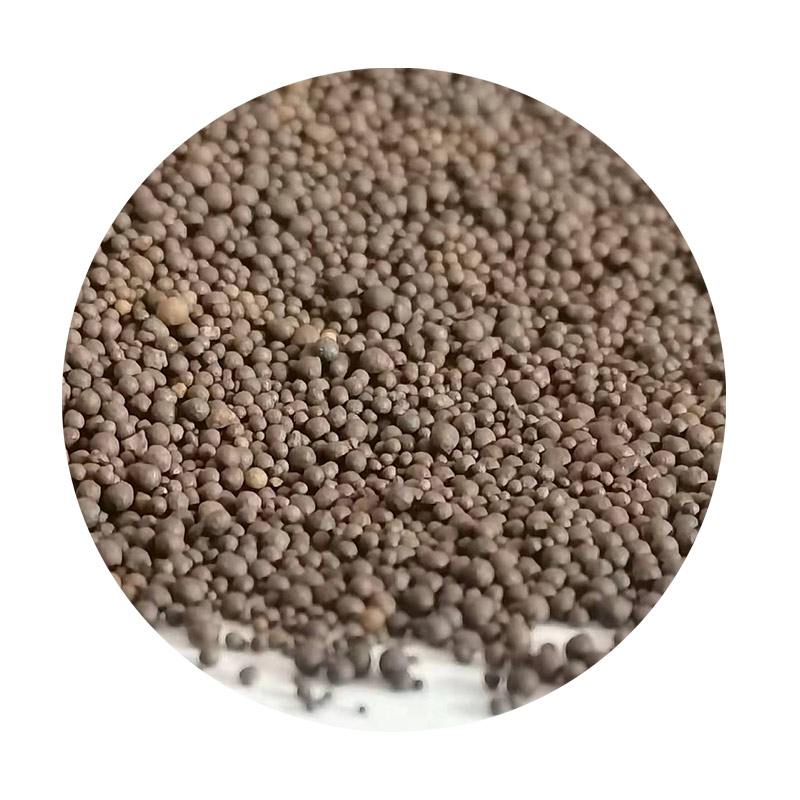- Overview of Sand Casting Materials
- Primary Alloys and Their Properties
- Sand Types and Binders in the Process
- Industry-Specific Material Selection
- Manufacturer Comparisons: Costs vs. Quality
- Custom Solutions for Complex Geometries
- Case Studies: Material Performance in Production

(what materials are used in sand casting)
Understanding the Core Materials in Sand Casting
Sand casting utilizes diverse materials to create metal components across industries. Foundries typically employ silica sand (85-95% usage) due to its refractory properties, while binders like bentonite clay (6-12% mixture) maintain mold integrity. The Global Sand Casting Market, valued at $14.2 billion in 2023, relies on material combinations that balance thermal conductivity (15-25 W/m·K) with dimensional stability (±1.5% shrinkage).
Metallic Alloys for Different Functional Needs
Aluminum alloys (A356, 319) dominate 42% of sand casting projects, offering 250-330 MPa tensile strength. Gray iron (35% market share) provides superior vibration damping (12-18 dB reduction), while ductile iron enables 6-12% elongation for impact resistance. Specialized applications use copper alloys (C95200) achieving 90 HB hardness for marine components.
Sand Composition and Binding Systems
Modern foundries combine chromite sand (1.4-1.6 g/cm³ density) with zircon sand (40-60 μm grain size) for critical cores. Organic binders (furan resins) cure in 15-90 seconds at 20-40°C, reducing VOC emissions by 30% compared to traditional systems. Green sand mixtures maintain 7-10% moisture content through automated mullers (output: 15-25 tons/hour).
Material Optimization Across Industries
Automotive castings prioritize AlSi9Cu3 alloys (180-220 HB hardness), while energy sector components require SG iron with 500-700 MPa yield strength. Recent data shows 18% improvement in material utilization through 3D-printed sand molds, reducing machining allowances to 1.2-2.5 mm.
Manufacturer Material Capabilities Analysis
| Supplier | Specialized Materials | Cost per kg (USD) | Surface Finish (Ra μm) | Lead Time |
|---|---|---|---|---|
| Foundry A | Ni-Resist Iron | 4.20 | 12.5 | 6 weeks |
| Foundry B | A356-T6 | 5.80 | 6.8 | 4 weeks |
| Foundry C | Ductile Iron 65-45-12 | 3.90 | 10.2 | 5 weeks |
Custom Material Solutions for Complex Parts
Hybrid sand systems enable 0.5-1.2 mm wall thicknesses in pump housings through graded zircon/silica layers. For aerospace brackets, modified phenolic urethane binders achieve 95% core accuracy at 180-220°C pouring temperatures. Post-casting treatments like T6 aging (8-10 hours at 155°C) enhance material strength by 25-40%.
Real-World Applications and Material Performance in Sand Casting
Recent turbine housing projects demonstrate material optimization: high-chrome steel (27% Cr) with olivine sand molds withstands 800°C exhaust gases, while aluminum-silicon alloys (Si 7%) in engine blocks show 15% better thermal cycling resistance. Field data confirms 30,000-hour durability for optimized sand casting materials under cyclic loading conditions.

(what materials are used in sand casting)
FAQS on what materials are used in sand casting
Q: What materials are commonly used in sand casting?
A: Sand casting primarily uses silica sand, clay, and water as the mold material. Additives like coal dust or sawdust may be added to improve mold quality. Molten metals like aluminum, iron, or bronze are poured into the sand mold.
Q: What materials are required for creating a sand casting mold?
A: A sand casting mold requires silica sand as the base material, bonded with clay or chemical resins. Water or other binders help hold the sand together. Sometimes, coatings like graphite are applied to refine the mold surface.
Q: Which metals are typically used in sand casting processes?
A: Common metals include aluminum, steel, iron, brass, and bronze. These materials are chosen for their fluidity and ability to solidify evenly. The choice depends on the desired strength, weight, and application of the final product.
Q: What are the components of sand casting molds besides sand?
A: Besides sand, molds use binders like bentonite clay or organic resins to maintain shape. Additives such as coal dust reduce gas formation during pouring. Parting compounds are also applied to ease mold separation.
Q: How do materials vary between sand casting molds and casts?
A: Molds are made from refractory materials like silica sand and binders to withstand high heat. The cast material is molten metal, such as aluminum or cast iron. The two materials must coexist without reacting chemically during pouring.
Next:Sand Casting Time, Process & Cost Guide Efficient Metal Solutions
